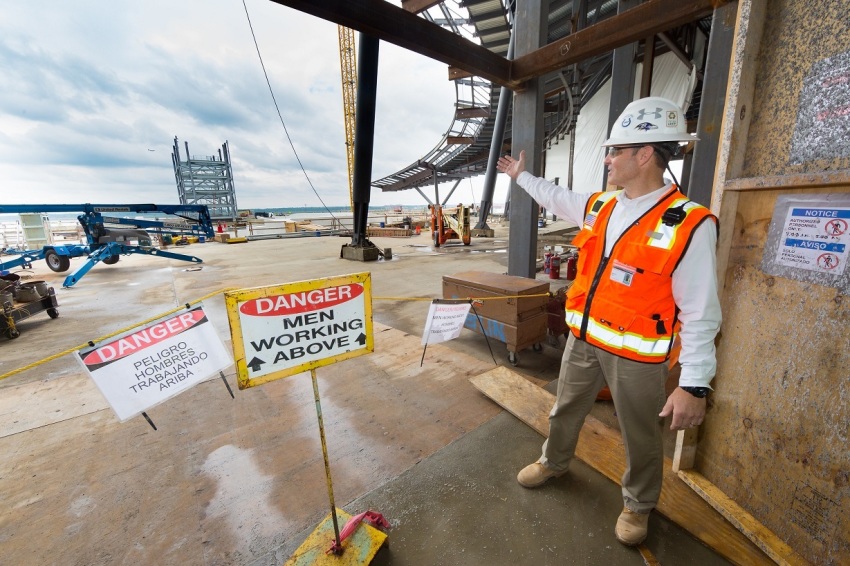Blue-collar workers, especially men, most vulnerable to suicide: CDC

Blue-collar workers, particularly men, are the most vulnerable among all occupational groups to suicide, according to a new study from the Centers from Disease Control and Prevention, which shows that America’s suicide rate has skyrocketed by 40% since 2000.
Using data from 32 states, the study provides updated population-level suicide rates for major occupational groups and new information on suicide rates for major industry groups as well as detailed occupational groups.
It noted that in 2017, approximately 38,000 persons of working age, 16–64, died by suicide, which represents a 40% increase over the suicide rate in 2000 when there were only 12.9 suicides per 100,000 population.
Compared with rates in the total study population, suicide rates were shown to be significantly higher in five major industry groups. These are: mining, quarrying, and oil and gas extraction; construction; other services such as automotive repair; agriculture, forestry, fishing, and hunting; and transportation and warehousing.
The only occupational group where both males and females were noted as being vulnerable to suicide was transportation and warehousing. All the other groups covered just men.
“These findings highlight opportunities for targeted prevention strategies and further investigation of work-related factors that might increase risk of suicide. Previous research indicates suicide risk is associated with low-skilled work, lower education, lower absolute and relative socioeconomic status, work-related access to lethal means, and job stress, including poor supervisory and colleague support, low job control, and job insecurity,” the CDC said.

“Industry, labor, and professional associations, as well as employers, and state and local health departments can use this information to focus attention and resources on suicide prevention,” the agency added.
Gregory Brown, director of the Penn Center for the Prevention of Suicide, told The Philadelphia Inquirer that the “macho-culture” along with other factors of the environment in which men at risk of suicide operate can work against them getting help.
“This is some of the first data that has taken such a systematic look at occupations,” Brown said. “A lot of these professions most at risk are male-dominated, like hunting, fishing, or steel. With those types of professions, you tend to have job instability, which can often lead to a lot of stress.”
Within these industries, he said, there’s no “easy access” to resources that might make a difference in addressing mental health. When people work in a building he noted, it’s much more likely that there’s a place where they can go when they need help.
“The other thing I suspect is that within these industries, there’s a macho culture,” he added. “Reaching out for help is often seen as a weakness. Men just don’t like to ask for help.”
While the study highlighted the most at-risk occupational groups, the researchers said: “All industries and occupations can benefit from a comprehensive approach to suicide prevention.”
Workplace-specific suicide-prevention strategies include: promoting help-seeking; integrating workplace safety and health and wellness programs to advance the overall well-being of workers; referring workers to financial and other helping services; facilitating time off and benefits to cover supportive services; training personnel to detect and appropriately respond to suicide risk; creating opportunities for employee social connectedness; reducing access to lethal means among persons at risk; and creating a crisis response plan sensitive to the needs of coworkers, friends, family, and others who might themselves be at risk.
Further resources can be accessed at:
https://workplacesuicideprevention.com/external icon, https://theactionalliance.org/communities/workplaceexternal icon or 1-800-273-TALK (8255).



























